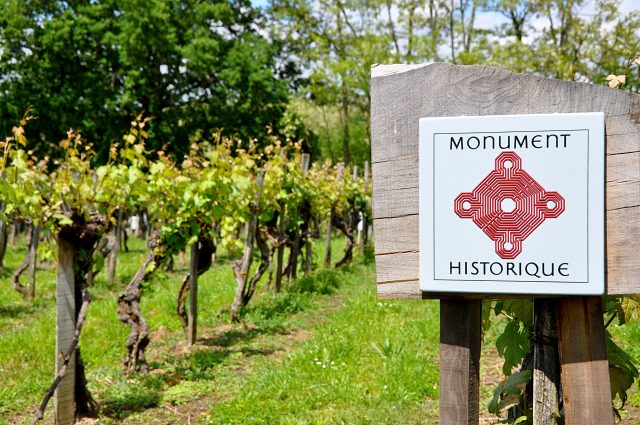Nadine Raymond, technical co-ordinator of research and development at Plaimont Producteurs, explains the background to the Ampelogrpahic Conference that is taking place today and tomorrow in Saint Mont and what it hopes to achieve.

Producteur Plaimont’s Nadine Raymond
Can you explain the background and importance of the conference?
This is the second ampelographic conference we have held at Saint Mont. It an opportunity to bring together the greatest experts in the field including Jean-Michel Boursiquot, Thierry Lacombe and Laurent Audeguin.
Their presentations promise to share their work and experiences gained from around the world. These couple of days will be an opportunity to explore the latest scientific advancements in ampelography, both from a worldwide perspective as well as in different countries.
There will also be a chance to visits the Plaimont parcels we have developed here to preserve the heritage and diversity of different Pyrenean varietals and take part in tastings of rare grape varietals.
We will also have the support of our two guest regions – Savoie and Charente and the chance to taste certain varietals from those regions.
The conference is also a great opportunity to bring those members of the wine trade together that are involved in the research and production of different varietal styles and vines so that we can have an in-depth vision of the future of these varietals around the world.
What is the importance of this type of research?
With the gradual breakdown and erosion of biodiversity and the standardisation of the same taste profiles around the world, it is important that we are able to preserve for our own rich legacy theses varietals. It is also our way of responding to future challenges of global warming, and adapting vinification methods so that they can respond to consumer and commercial demands.
The Pyrenean foothills near where we are based, as well as other key wine growing areas, havethe potential to have their own plant material at their disposal, which we must at least preserve, and if possible add value to, in order to perpetuate and develop the biodiversity of our terroir and strengthen our identity.

Plaimont’s own Sant Mont vineyards are setting world standards for viticulture research
What type of research is being done at Plaimont?
In Saint Mont, the research and development being carried out across the vineyards allow us to identify and preserve unknown and forgotten rootstocks. By introducing them into our conservatories, we can first preserve them (and avoid them becoming extinct), and secondly we can study them (analyse the behaviour of the vines, evaluate their organoleptic potential), in order to define which varietals have the potential to find a place in the world of viticulture and wine.
What is the potential impact on the wine trade and on winemakers?
The growing of grape varieties, which are used to and have adapted to the constraints of their local environment, are part of the answer to the current environmental issues. The (re)development of some grape varieties is also a key part in enabling vineyards and grape growing to be sustainable and to keep going, commercially, in some areas.
What are your next steps?
*To continue with our research programmes so that we can save as many varietals as possible
*To continue to evaluate winemaking practices and winegrowing possibilites for these varietals, from our experimental parcels.
* To be able to get these varietals through the necessary administrative stages (which can be lengthy) so that they can reach their full potential.
* To re-learn how to work with these varietals so that we get the best expressions of wine from them.
* To relaunch these varietals so that they add to the diversity of our local varietals, and comply with our local production rules and commercial expectations.
How will the conference and tasting unfold?
It breaks down in to five key areas:
1Vine biodiversity: definitions, methods, update and issues, led by Jean-Michel Boursiquot and Inra Montpellier Supagro.
2An analysis of the recent entries in to the official catalogue of grape varieties, including their origins and heritage. What future is there for future wine growers with Laurent Audeguin, IFV / ENTAV Inra.
3 How grape varieties from the south west of France have travelled around the world: with Thierry Lacombe, Inra Montpellier Supagro.
4Saint Mont’s ampelographic heritage: update and advances in research, from Olivier Yobregat, IFV.
5 Ampelographic research in Savoie and Charente.
This will be followed by a visit to the pre-phylloxera vines, and an introduction to small-batch fermentation and wines from rare grape varieties.
There will also be a visit to the Saint Mont vine conservation centre and the La Madeleine single vineyard and a debate in to the future of vine plant research, development and heritage.









































